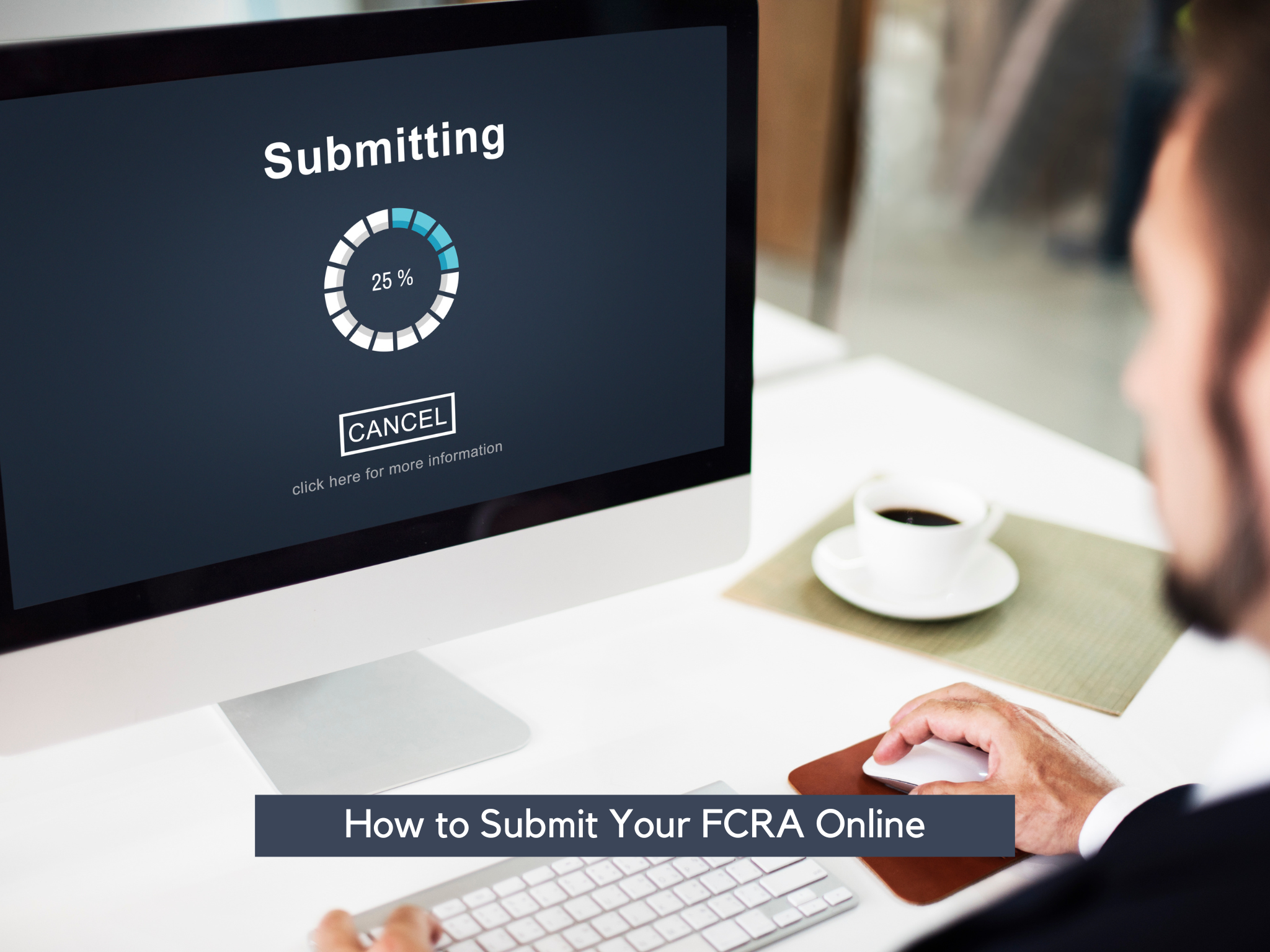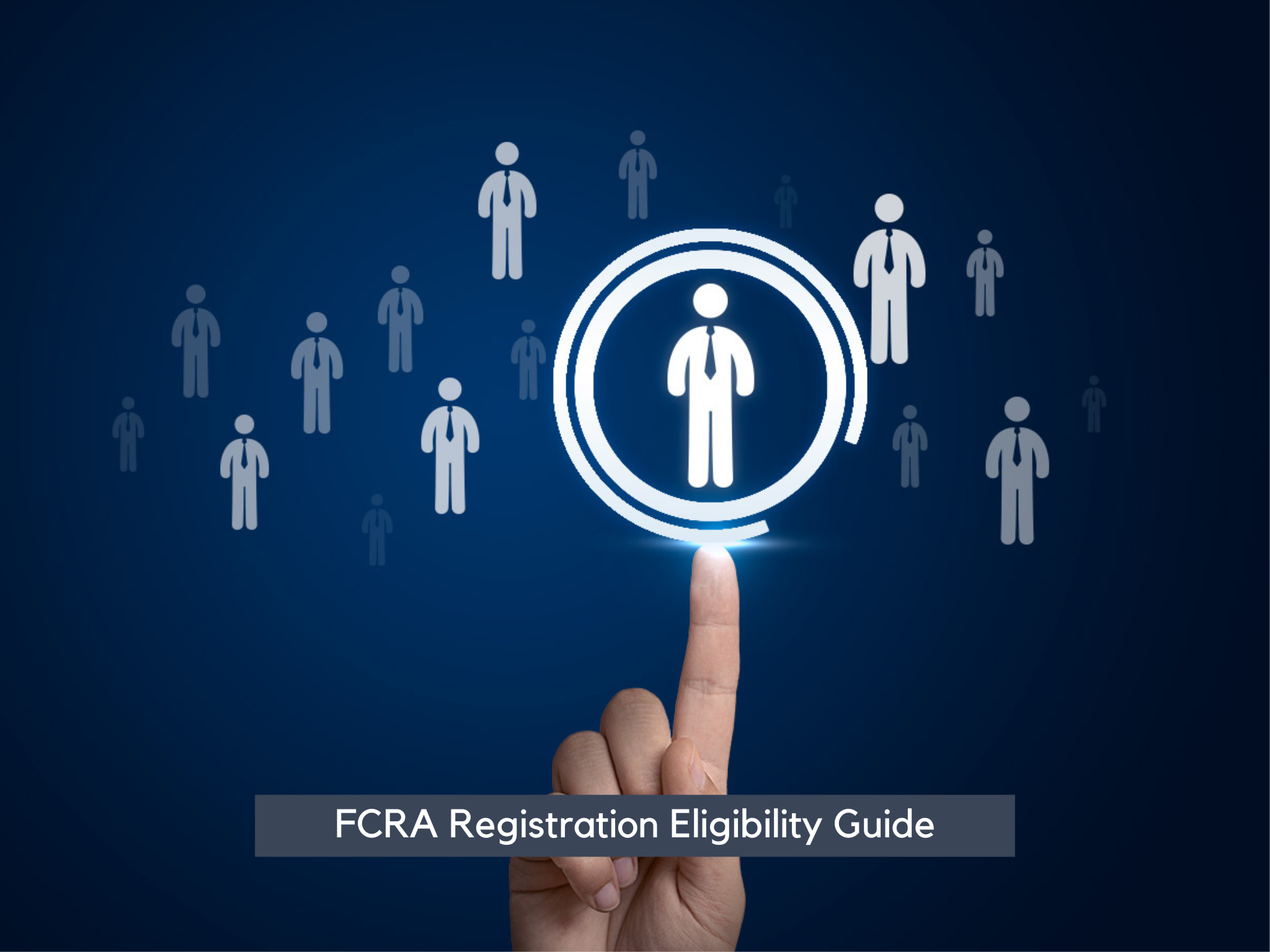Introduction to Online Submission of FCRA Application: Submitting your FCRA application online offers several benefits, including convenience, accessibility, and streamlined processing. The FCRA portal provides a user-friendly interface […]
Required Documents for FCRA Registration
Overview of FCRA Registration Documentation: In the process of FCRA registration, organizations are required to submit various documents to verify their eligibility and compliance with regulatory standards. These […]
Understanding the FCRA Application Form
Overview of the FCRA Application Form: Form FC-3, commonly referred to as the FCRA application form, serves as the primary document for organizations seeking registration under the Foreign […]
Time Limit for FCRA Registration
Overview of FCRA Registration Time Limit: The time limit for FCRA registration refers to the designated periods and deadlines associated with various stages of the registration process. It […]
Benefits of FCRA Registration
Introduction: FCRA registration, under the Foreign Contribution (Regulation) Act, offers numerous advantages to organizations operating in India. Here, we’ll delve into the various benefits of FCRA registration, highlighting […]
FCRA Registration Fees Explained
Understanding FCRA Registration Fees: FCRA registration fees refer to the various charges levied by regulatory authorities for processing FCRA registration applications, renewals, and compliance-related activities. Understanding these fees […]
Common Mistakes in FCRA Registration
FCRA registration is a critical process for organizations aiming to receive foreign contributions in India. However, despite its importance, many organizations encounter challenges and pitfalls during the registration […]
Step-by-Step FCRA Registration Guide
Understanding FCRA Registration: FCRA registration is the process through which organizations in India obtain legal authorization to receive foreign contributions. Compliance with FCRA regulations is essential for ensuring […]
FCRA Eligibility Guide
Understanding FCRA Eligibility: FCRA eligibility refers to the criteria that organizations must meet to qualify for registration under the Foreign Contribution Regulation Act. Compliance with FCRA eligibility requirements […]
Introduction to FCRA Registration
Understanding FCRA and Its Significance The Foreign Contribution Regulation Act, established to regulate the acceptance and utilization of foreign contributions by individuals and organizations, is a cornerstone of […]









